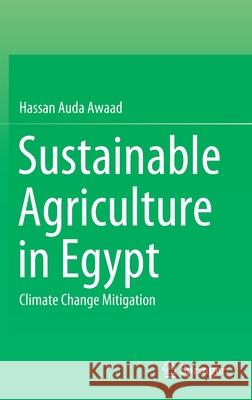Sustainable Agriculture in Egypt: Climate Change Mitigation » książka
topmenu
Sustainable Agriculture in Egypt: Climate Change Mitigation
ISBN-13: 9783030818722 / Angielski / Twarda / 2021 / 323 str.
Kategorie:
Kategorie BISAC:
Wydawca:
Springer
Język:
Angielski
ISBN-13:
9783030818722
Rok wydania:
2021
Wydanie:
2021
Ilość stron:
323
Waga:
0.64 kg
Wymiary:
23.39 x 15.6 x 1.91
Oprawa:
Twarda
Wolumenów:
01
Dodatkowe informacje:
Wydanie ilustrowane











